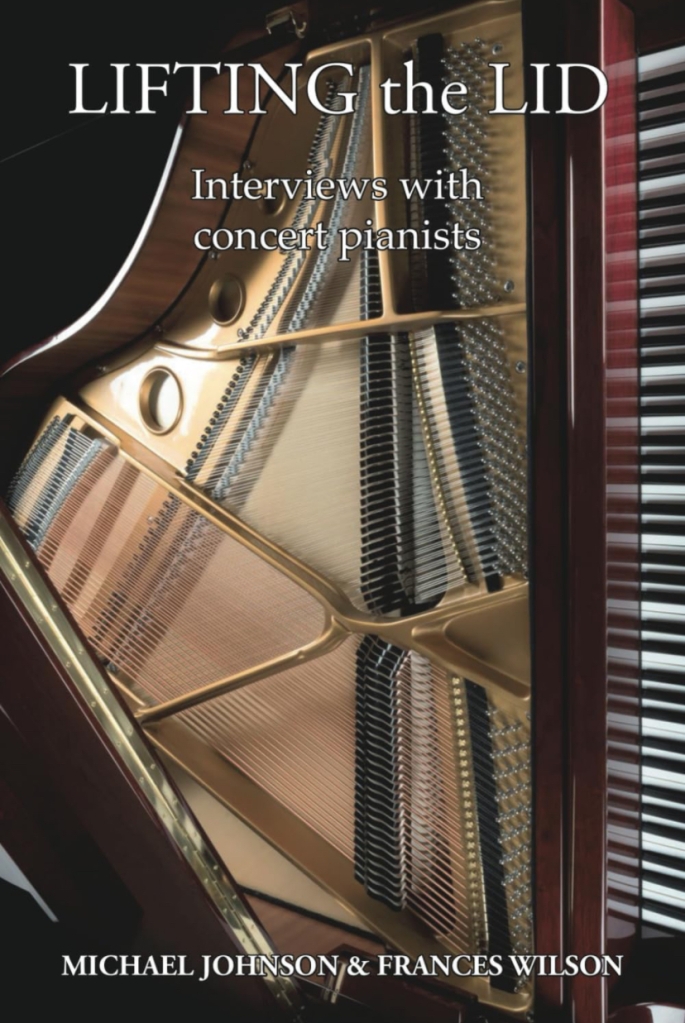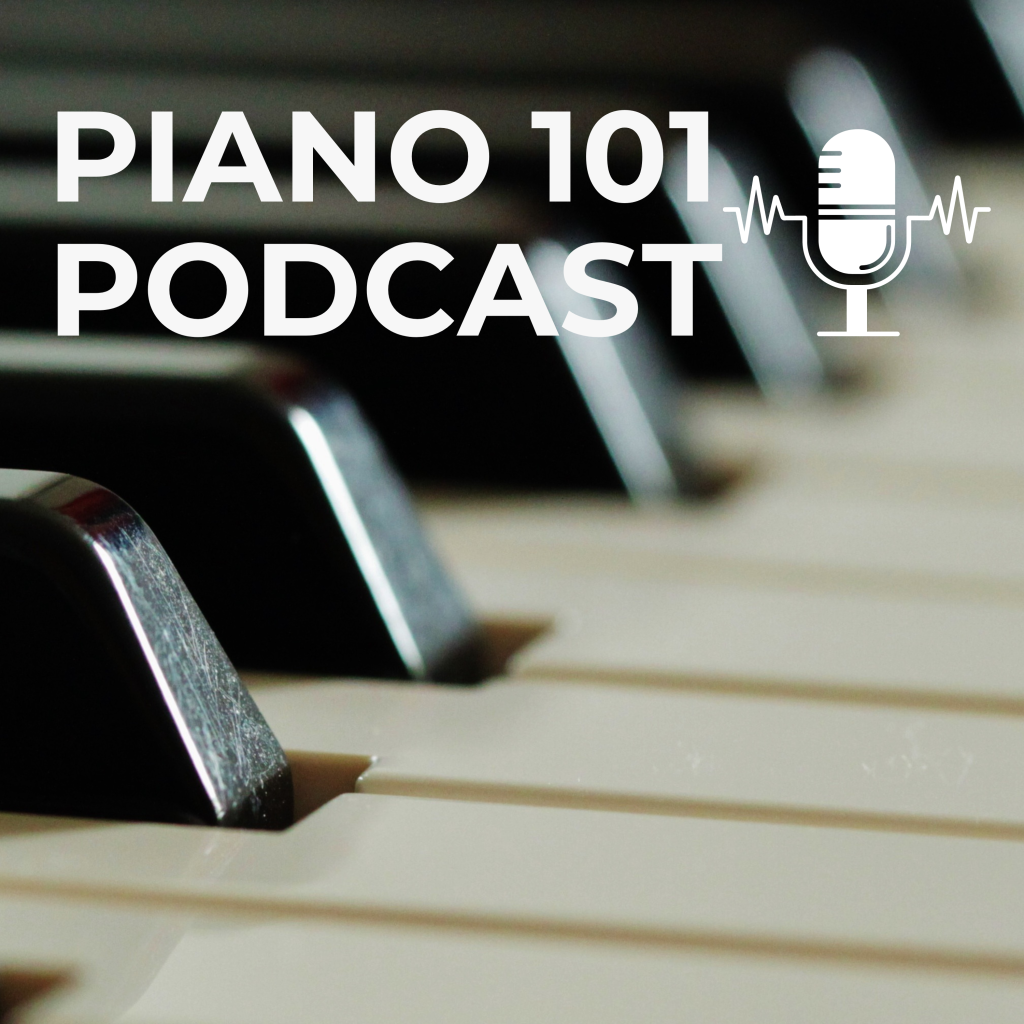 R. Schumann – Works for Piano / Joseph Tong
R. Schumann – Works for Piano / Joseph Tong
This new release by British pianist Joseph Tong on the Quartz label contains some of Schumann’s most intimate and autobiographical music, notably the Fantasie in C, Op 17.
Never one for disguising his emotions, Schumann described it as “perhaps the most impassioned music I have ever written” (writing to Clara Wieck, March 1838), and here he wears his heart on his sleeve in a remarkable display of soul-bearing. Imbued with passionate and unresolved longing, the music portrays the heart-fluttering panoply of emotions from ecstasy to agony which being in love provokes. It is a work of great virtuosity, a huge test for the pianist, but Joseph makes light of this, offering an authoritative, magisterial and poised reading of the first two movements, whose seemingly disparate elements segue fluidly to create a coherent sense of ongoing narrative. The final movement, by contrast, is tender and intimate, and Joseph holds back in the more climactic episodes where others might push the tempo and volume, thus bringing a greater insensity of emotion and expression. There’s a wonderful lyricism and clarity throughout the work, with many interior details highlighted.
The fantasie is prefaced by the charming Arabesque, also in C, which moves forward with relaxed purpose and elegance. Papillons, the other large scale work on the disc and a work which amply reveals the contrasting sides to Schumann’s personality, is rich in wit and colour, and recalls some of the heroism of the Fantasie. The disc closes with the Faschingsschwank aus Wien, an engaging and robust account.
The disc includes detailed, informative liner notes by Richard Wigmore.
Recommended.
 Dystonia: Franz Schubert – Sonata in A, D959, Robert Schumann – Kreisleriana / Andreas Eggertsberger, piano
Dystonia: Franz Schubert – Sonata in A, D959, Robert Schumann – Kreisleriana / Andreas Eggertsberger, piano
This is a very personal disc for Austrian pianist Andreas Eggertsberger and the reason is in the title, Dystonia. With diminishing use of his left hand, Andreas finally received the diagonosis of focal dystonia in 2012, the same neurological disease that was probably documented for the first time with Robert Schumann. Following five years of treatment and therapy, which required a complete re-learning of the piano and meticulous exercises to bring rehearsed movement back under control, Andreas has returned to performing.
The pairing of a late Schubert sonata and Schumann’s Kreisleriana is an intelligent choice. Schumann was a great admirer of Schubert and championed his music after his death in 1828.
Andreas gives the first movement of the Schubert sonata a generally good-natured air, the emotional voltes-faces are not laboured but feel fleeting and poignant. Nor does he push the tempo, which gives the movement a pleasing spaciousness without feeling overlong (and Andreas observes the exposition repeat). The second movement, too often given an overly psychological treatment with an almost funereal tempo (it’s marked Andantino, not Adagio!) by others who shall remain nameless, has a spare simplicity which contrasts well with the sprightly articulation and warm-hearted nature of the opening movement. It’s sombre rather than melancholy. The middle section unfolds with the drama of a Baroque fantasy, restrained at first so that the eventual climax is all the more impactful. Even in the bigger, louder gestures, the overall mood is introverted and reflective. Again, a rather more leisurely tempo in the third movement gives the music more breathing space and time to appreciate smaller details, which are neatly articulated. The trio gives way to grandeur, briefly, but the overall mood is intimate. The good nature of the opening movement is reprised in the finale, and here Andreas brings a pleasing sense of nostalgia and warmth, the opening theme played with an elegant lyricism, its fragmented return at the close of the movement fleeting and tender. Overall, excellent articulation, tasteful pedalling and a clean, but not over bright sound (a Bosendorfer Imperial 1922). Having spent three years studying and learning this sonata myself, and listening to many different performances of it, Andreas’ account comes very close to my own and is perhaps the reason why I like his so much.
Kreisleriana, like Papillons, is a multi-movement work and reflects Schumann’s contrasting personalities, which he named Florestan (active, extrovert) and Eusebius (passive, introvert). Like the Schubert Sonata, this is elegantly and tastefully articulated with fine clarity, particularly in the more florid passages, and Andreas is ever alert to the shifting moods. The sehr langsam movements have a distinct poignancy, reflective, almost verging on tragedy. Overall, a colourful account, rich in character and contrast.
In addition to detailed notes on the pieces, the liner notes also contain an account of Andreas Eggertsberger’s journey from diagonosis to rehabilitation and as such may prove supportive to others afflicated with focal dystonia
Recommended







